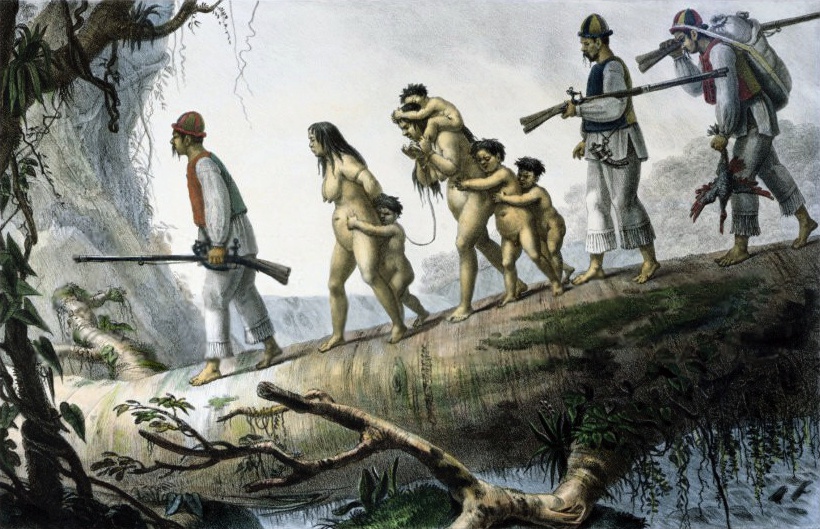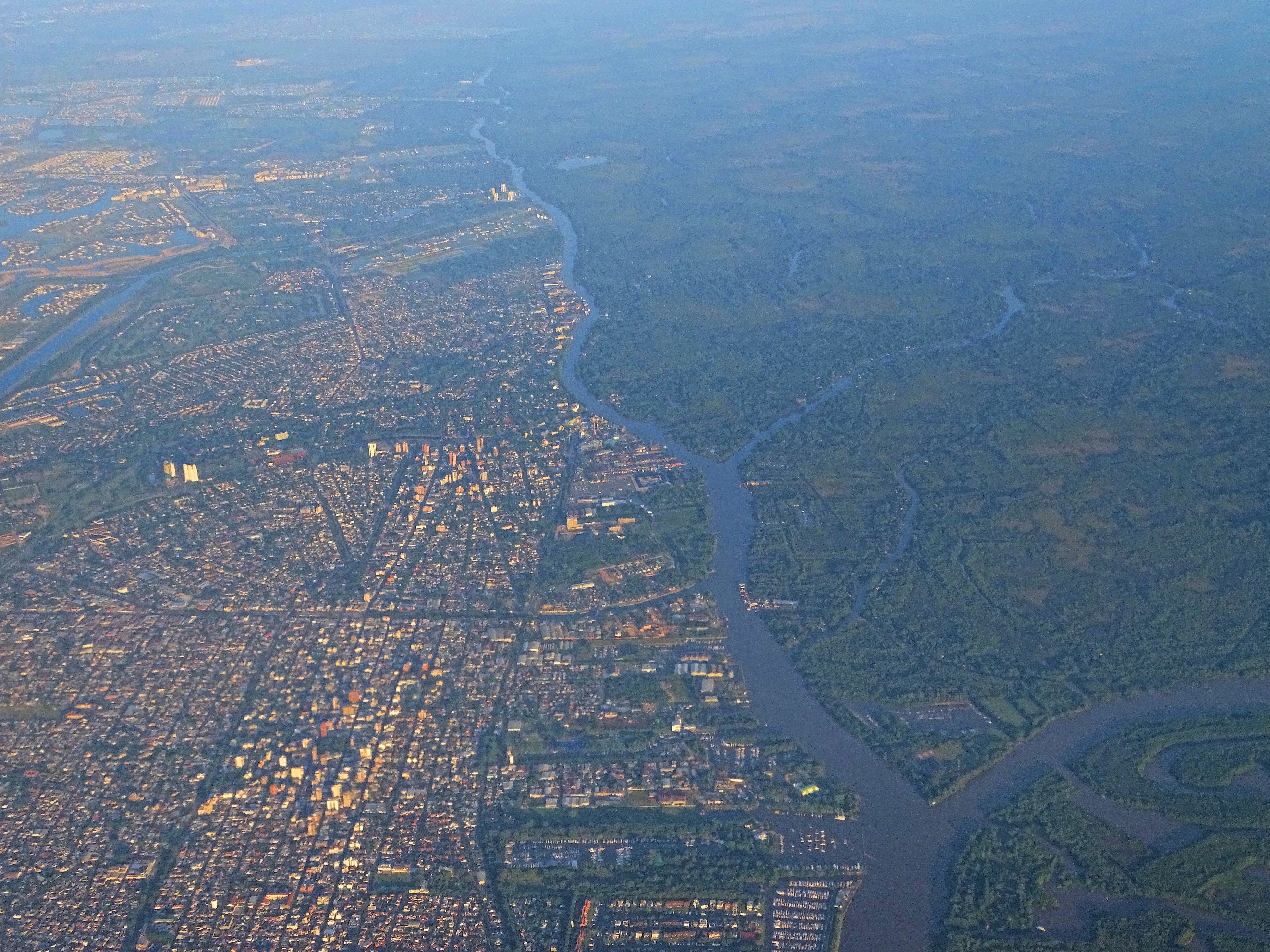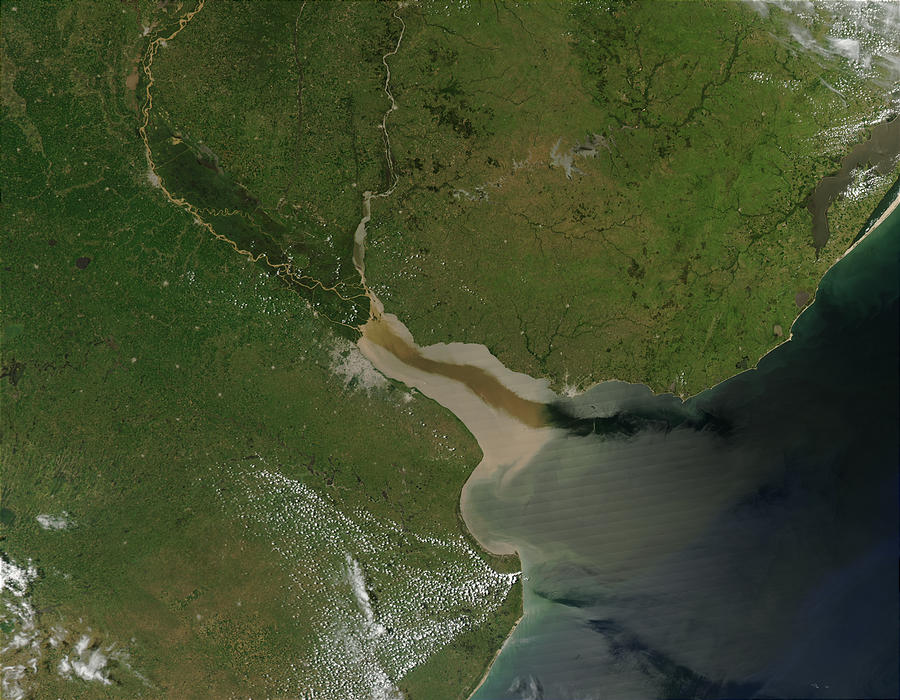|
Pedro De Mendoza
Pedro de Mendoza () (c. 1487 – June 23, 1537) was a Spanish ''conquistador'', soldier and explorer, and the first ''adelantado'' of New Andalusia. Setting sail Pedro de Mendoza was born in Guadix, Grenada, part of a large noble family that was preeminent in Spain. His family settled in Guadix after its reconquest by the Christians in 1489. He was a page at the Spanish court of Emperor Charles V and accompanied the sovereign on his trip to England. In 1524 he received the title of knight of the Order of Alcántara and later, through the influence of his father — the knight Fernando de Mendoza Guadix — entered the Order of Santiago. He later fought in the Italian Wars against the French, in which he participated in the Sack of Rome in 1527. In 1529, he offered to explore South America at his own expense and establish colonies. Thanks to the efforts of his mother, María de Mendoza, in 1534 his offer was accepted: he was made ''adelantado'' governor, captain general, ... [...More Info...] [...Related Items...] OR: [Wikipedia] [Google] [Baidu] |
Conquistador
Conquistadors (, ) or conquistadores (; ; ) were Spanish Empire, Spanish and Portuguese Empire, Portuguese colonizers who explored, traded with and colonized parts of the Americas, Africa, Oceania and Asia during the Age of Discovery. Sailing beyond the Iberian Peninsula, they established numerous Colony, colonies and trade routes, and brought much of the "New World" under the dominion of Spain and Portugal. After Christopher Columbus's arrival in the West Indies in 1492, the Spanish, usually led by Hidalgo (nobility), hidalgos from the west and south of Spain, began building a colonial empire in the Caribbean using colonies such as Captaincy General of Santo Domingo, Santo Domingo, Captaincy General of Cuba, Cuba, and Captaincy General of Puerto Rico, Puerto Rico as their main bases. From 1519 to 1521, Hernán Cortés led the Spanish conquest of the Aztec Empire, ruled by Moctezuma II. From the territories of the Aztec Empire, conquistadors expanded Spanish rule to northern Ce ... [...More Info...] [...Related Items...] OR: [Wikipedia] [Google] [Baidu] |
Guaraní People
The Guarani are a group of culturally-related Indigenous peoples of South America. They are distinguished from the related Tupi people, Tupi by their use of the Guarani language. The traditional range of the Guarani people is in what is now Paraguay between the Paraná River and lower Paraguay River, the Misiones Province, Misiones Province of Argentina, southern Brazil once as far east as Rio de Janeiro, and parts of Uruguay and Bolivia. Although their demographic dominance of the region has been reduced by European colonization of the Americas, European colonisation and the commensurate rise of mestizos, there are contemporary Guarani populations in Paraguay and parts of Argentina and Bolivia. Most notably, the Guarani language, still widely spoken across traditional Guarani homelands, is one of the two official languages in Paraguay, the other one being Spanish. The Paraguayan population learns Guarani both informally from social interaction and formally in public schools. In ... [...More Info...] [...Related Items...] OR: [Wikipedia] [Google] [Baidu] |
Juan De Ayolas
Juan de Ayolas (died c. 1537) was a conquistador born in Briviesca who explored the watershed of the Río de la Plata for the Spanish Crown. He accompanied Pedro de Mendoza on his 1534 expedition to colonize the region between the Río de la Plata and the Strait of Magellan and briefly succeeded him as the second governor of the region after Mendoza returned home in 1537. Seeking supplies, he sailed up the Paraná River and founded a fort called Corpus Christi, as Sebastian Cabot had before him. Leaving Domingo Martínez de Irala at Puerto la Candelaria (modern Fuerte Olimpo), he sailed up the Paraguay River seeking a connection to Peru. He fought with the Guaraní, crossed the Chaco to the Andes, and seized some loot there, but when he returned, he was killed with every man of his company by the Payagua. The city of Ayolas in Paraguay, and its airport An airport is an aerodrome with extended facilities, mostly for commercial Aviation, air transport. They u ... [...More Info...] [...Related Items...] OR: [Wikipedia] [Google] [Baidu] |
Adobe
Adobe (from arabic: الطوب Attub ; ) is a building material made from earth and organic materials. is Spanish for mudbrick. In some English-speaking regions of Spanish heritage, such as the Southwestern United States, the term is used to refer to any kind of earthen construction, or various architectural styles like Pueblo Revival or Territorial Revival. Most adobe buildings are similar in appearance to cob and rammed earth buildings. Adobe is among the earliest building materials, and is used throughout the world. Adobe architecture has been dated to before 5,100 BP. Description Adobe bricks are rectangular prisms small enough that they can quickly air dry individually without cracking. They can be subsequently assembled, with the application of adobe mud to bond the individual bricks into a structure. There is no standard size, with substantial variations over the years and in different regions. In some areas a popular size measured weighing about ; in other ... [...More Info...] [...Related Items...] OR: [Wikipedia] [Google] [Baidu] |
Luján River
The Luján River ( Spanish, Río Luján) runs from its source near Espora about west of Buenos Aires, Argentina, to its outflow into the Río de la Plata north of the city. The first ''Megatherium ''Megatherium'' ( ; from Greek () 'great' + () 'beast') is an extinct genus of ground sloths endemic to South America that lived from the Early Pliocene through the end of the Late Pleistocene. It is best known for the elephant-sized type spe ...'' fossil was found on the banks of the river in 1789. See also * List of rivers of Argentina References Rivers of Argentina La Plata basin Rivers of Buenos Aires Province {{Argentina-river-stub ... [...More Info...] [...Related Items...] OR: [Wikipedia] [Google] [Baidu] |
Querandí
The Querandí were one of the Het peoples, indigenous South Americans who lived in the Pampas area of Argentina; specifically, they were the eastern Didiuhet (Diuihet). The name Querandí was given by the Guaraní people, as they would consume animal fat in their daily diet. Thus, Querandí means "men with fat". Prior to the 19th century, they were also known as the Pampas. The Mapuche (or araucanos) called them Puelche. This is today the present Argentine provinces of La Pampa, most of the province of Buenos Aires, the center and the south of the province of Santa Fe (especially to the south of the Tercero-Carcaraña River), a great part of the province of Cordoba (adapted ecologically to the temperate Pampasia, their northern limits were in the region of the Gran Chaco - around 31° lat. South) and the peneplains of the present provinces of San Luis and Mendoza, although these zones were more difficult to inhabit due to its extreme climate and lack of surface water. P ... [...More Info...] [...Related Items...] OR: [Wikipedia] [Google] [Baidu] |
Ulderico Schmidt
Ulrich Schmidl or Schmidel (1514 in Straubing - 1579 in Regensburg) was a German Landsknecht, conquistador, explorer, chronicler, and councilman. Schmidl was, beside Hans Staden, one of the few Landsknechts who wrote down their experiences of travel in the New World. Biography Schmidl was the son of a wealthy merchant, and received a good education. He entered military service and took part in 1534 as a Landsknecht under Pedro de Mendoza in an expedition to today's Argentina (the Río de la Plata). He also accompanied Juan de Ayolas on his first trip in quest of provisions, and afterward went with Ayolas in his expedition up the Paraguay River, and was one of the soldiers that were left with Domingo Martínez de Irala, Domingo Irala in charge of the vessels in Puerto la Candelaria (modern Fuerte Olimpo). When Cabeza de Vaca was deposed in April 1544, Schmidel sustained Irala, who was the new governor, and in 1546 accompanied him in his expedition to Peru as far as the foot of the A ... [...More Info...] [...Related Items...] OR: [Wikipedia] [Google] [Baidu] |
Juan De Osorio
''Juan'' is a given name, the Spanish and Manx versions of ''John''. The name is of Hebrew origin and has the meaning "God has been gracious." It is very common in Spain and in other Spanish-speaking countries around the world and in the Philippines, and also in the Isle of Man (pronounced differently). The name is becoming popular around the world and can be pronounced differently according that region. In Spanish, the diminutive form (equivalent to ''Johnny'') is , with feminine form (comparable to ''Jane'', ''Joan'', or ''Joanna'') , and feminine diminutive (equivalent to ''Janet'', ''Janey'', ''Joanie'', etc.). Chinese terms * ( or 娟, 隽) 'beautiful, graceful' is a common given name for Chinese women. * () The Chinese character 卷, which in Mandarin is almost homophonic with the characters for the female name, is a division of a traditional Chinese manuscript or book and can be translated as 'fascicle', 'scroll', 'chapter', or 'volume'. Notable people * Juan (fo ... [...More Info...] [...Related Items...] OR: [Wikipedia] [Google] [Baidu] |
Cacique
A cacique, sometimes spelled as cazique (; ; feminine form: ), was a tribal chieftain of the Taíno people, who were the Indigenous inhabitants of the Bahamas, the Greater Antilles, and the northern Lesser Antilles at the time of European contact with those places. The term is a Spanish transliteration of the Taíno word . Cacique was initially translated as "king" or "prince" for the Spanish. In the colonial era, the conquistadors and the administrators who followed them used the word generically to refer to any leader of practically any indigenous group they encountered in the Western Hemisphere. In Hispanic and Lusophone countries, the term has also come to mean a political boss, similar to a ''caudillo,'' exercising power in a system of caciquism. Spanish colonial-era caciques The Taíno word descends from the Taíno word , which means "to keep house". In 1555 the word first entered the English language, defined as "prince". In Taíno culture, the rank was heredita ... [...More Info...] [...Related Items...] OR: [Wikipedia] [Google] [Baidu] |
Río De La Plata
The Río de la Plata (; ), also called the River Plate or La Plata River in English, is the estuary formed by the confluence of the Uruguay River and the Paraná River at Punta Gorda, Colonia, Punta Gorda. It empties into the Atlantic Ocean and forms a funnel-shaped indentation on the southeastern coastline of South America. Depending on the geographer, the Río de la Plata may be considered a river, an estuary, a gulf, or a marginal sea. If considered a river, it is the widest in the world, with a maximum width of . The river is about long and widens from about at its source to about at its mouth. It forms part of Argentina–Uruguay border, the border between Argentina and Uruguay. The name Río de la Plata is also used to refer to the populations along the estuary, especially the main Port city, port cities of Buenos Aires and Montevideo, where Rioplatense Spanish is spoken and tango culture developed. The coasts of the river are the most densely populated areas of Urugua ... [...More Info...] [...Related Items...] OR: [Wikipedia] [Google] [Baidu] |






